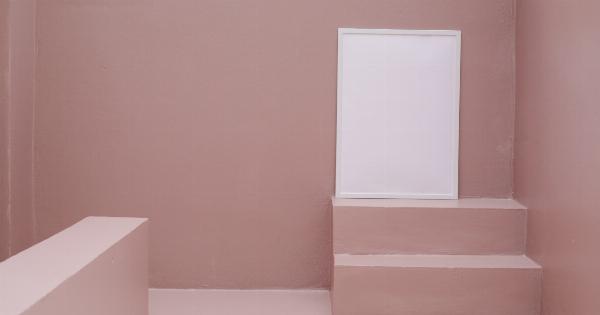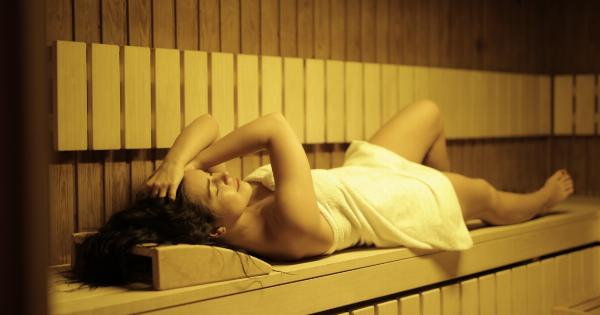Phobias are a common occurrence in the world. They are characterized by intense fear or aversion to a particular object, creature or situation.
Some phobias are well known, such as arachnophobia (fear of spiders), acrophobia (fear of heights) or agoraphobia (fear of open spaces). However, there are some lesser known phobias that are equally bizarre and fascinating. In this article, we will explore an illustrated alphabet of bizarre phobias.
A is for Ablutophobia
Ablutophobia is the fear of bathing or washing oneself. People with this phobia are afraid of the act of washing and may refuse to bathe or shower for days, weeks, or even months.
This phobia is often associated with obsessive-compulsive disorder (OCD) or anxiety disorders.
B is for Bibliophobia
Bibliophobia is the fear of books. People with this phobia experience intense anxiety and fear when they are near books. This phobia is often associated with illiteracy or a fear of learning.
C is for Coulrophobia
Coulrophobia is the fear of clowns. This phobia is common among children, but adults can develop it as well. People with coulrophobia can feel anxious, panicked, or nauseous when they see clowns.
D is for Dendrophobia
Dendrophobia is the fear of trees. People with this phobia may be scared of being near trees, going into wooded areas, or even looking at pictures of trees.
E is for Eisoptrophobia
Eisoptrophobia is the fear of mirrors. People with this phobia may avoid mirrors altogether or have a hard time looking at themselves in mirrors. This phobia is often associated with anxiety disorders or body dysmorphic disorder.
F is for Frigophobia
Frigophobia is the fear of cold or cold things. People with this phobia may avoid cold weather, cold foods, or touching cold objects. This phobia is often associated with anxiety disorders or past traumatic experiences.
G is for Gephyrophobia
Gephyrophobia is the fear of bridges or crossing bridges. People with this phobia may avoid bridges altogether or experience intense anxiety when crossing them.
This phobia is often associated with past traumatic experiences, such as being in a car accident on a bridge.
H is for Heliophobia
Heliophobia is the fear of sunlight or sunshine. People with this phobia may avoid going outside during daylight hours or wear protective clothing to avoid exposure to sunlight.
This phobia is often associated with anxiety disorders or past traumatic experiences, such as severe sunburn or skin cancer.
I is for Iatrophobia
Iatrophobia is the fear of doctors or medical treatment. People with this phobia may avoid going to the doctor or taking medications, even when they are sick.
This phobia is often associated with anxiety disorders or past traumatic experiences, such as a painful medical procedure.
J is for Japanophobia
Japanophobia is the fear or hate of Japanese culture, people, or things. People with this phobia may avoid anything related to Japan or Japanese culture.
This phobia is often associated with xenophobia or past negative experiences related to Japan or Japanese culture.
K is for Koinoniphobia
Koinoniphobia is the fear of rooms or crowds of people. People with this phobia may avoid going to crowded places, such as shopping malls, concerts, or parties. This phobia is often associated with anxiety disorders or claustrophobia.
L is for Locked-in Syndrome
Locked-in Syndrome is a rare neurological disorder that is not a phobia, but it is so bizarre and fascinating that it deserves a mention on this list.
Locked-in Syndrome occurs when a person is conscious and aware but cannot communicate or move due to paralysis of nearly all voluntary muscles in the body. This stunning disorder is often caused by brainstem damage.
Conclusion
Phobias are a fascinating and complex phenomenon that can affect people in various ways. They can be debilitating and distressing, but they can also be a source of curiosity and wonderment.
Understanding phobias can help us be more compassionate and empathetic towards those who struggle with them. If you or someone you know suffers from a phobia, seek help from a mental health professional to learn coping strategies and treatments that can help manage the anxiety.





























